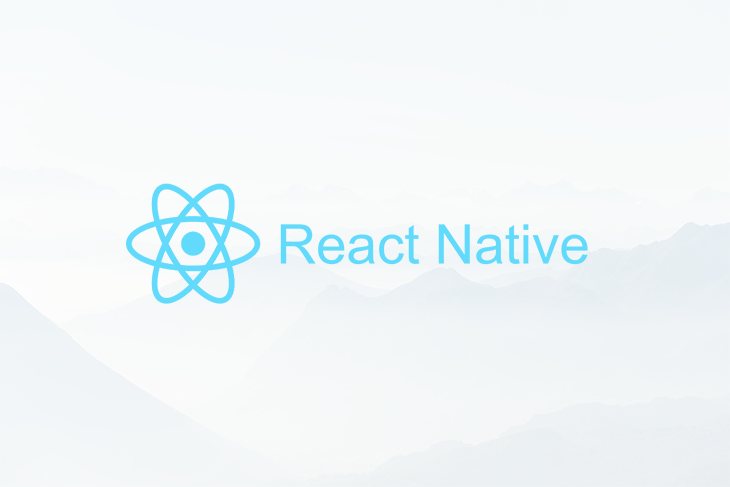React native
React native is an open source JavaScript Portable structure from Facebook extraordinarily intended to assemble local versatile applications for iOS and Android. React native depends on ReactJS JavaScript library that assists with building the UI for portable stages.
React native can be straightforwardly utilized inside a current IOS or android application or you can construct a local application right without any preparation. At present React native is utilized with some famous applications like Facebook portable application, Instagram, Pinterest, Skype, and so on.
A few significant elements of React native that makes it an exceptionally famous versatile improvement application today are
Cross Stage Backing − To foster portable applications you needn’t bother with a group master in IOS and Android programming rather JavaScript engineers who are energetic to fabricate applications can utilize React native to fabricate local applications without learning Kotlin or Java for Android and Quick or Objective-C for IOS applications. You can keep in touch with one normal code and React native will deal with showing it in IOS and Android.
React native Parts − React native offers local parts like View, Text, and Picture that are changed to the IOS or Android local UI.
What are React native applications?
React native applications are not web application. They are running on a cell phone, and it doesn’t stack over the program. It is likewaise not a Mixture application that forms over Ionic, Telephone Hole, and so on that runs over WebView part. React native applications are the genuine local application, the JavaScript code stays as JavaScript, and they run in some additional string by the arranged application. The UI and everything are assembled to local code.
History of React native
Facebook fosters the React native in 2013 for their inside project Hackathon. Later on, it was delivered publically in January 2015 as React.js, and in Walk 2015, Facebook declared that React native is open and accessible on GitHub.
React native was at first produced for the iOS application. In any case, as of late it likewise upholds the Android working
React native Features

UI Focussed
React Native is purely focussed on UI design. It is greatly responsive and its rendering abilities are by far the best.
Community
Talking about community, React Native’s community is one of the strongest in the cross-platform mobile application development world. React.js development was started in 2013 by Facebook and it was launched in 2015. Soon it was open-sourced and its popularity increased rapidly. Its popularity was pushed further by the developers contributing from all over the world leading to a strong community presence.
Tried and Trusted
The React Native is one the most trusted framework when it comes to cross-platform application development. Built by an IT giant like Facebook, it is tried enough to be trusted. Facebook uses React Native in all mobile applications. This is enough to trust React Native. Moreover, it used by many other companies such as Instagram Airbnb, Skype, Tesla, Walmart, and Discord.
Development Time
The development time in React Native is considerably short.
Support for Third-Party Libraries
The usage of third-party libraries is always a plus point. This gives the freedom of choice to the developers. This is good and bad at the same time.
NPM for Installation
The installation process is always a headache, especially for newbies. React Native uses Node Package Manager or NPM for installation and it is fairly easy to use it. People with non-javascript are experienced with NPM and also it not that difficult for newbies to learn NPM commands.
Mobile Environments Performance
Most of the native applications are CPU oriented while the applications built using React Native are GPU-oriented. This leads to better performance than CPU-oriented applications.
Live Reload
Now, this is what they call magic in mobile application development. The live reload feature provides two screens, one to modify the code and another to see the modification. Anyone who has experience in mobile application development knows how this feature can make a difference.
Benefits of React native
More modest Group versus Unadulterated Local
Albeit a React native improvement group actually requires iOS/Android engineers, the vast majority of the work focuses on Javascript.
With regards to local application improvement, an organization needs two groups, with each spend significant time in iOS and Android. Having two groups can prompt correspondence holes and furthermore upset the advancement cycle.
It is clear that the two ventures become conflicting on the grounds that local iOS and Android groups have their methods and velocities. It can prompt abnormalities in the app’s looks, usefulness, and elements.
Then again, picking React native will require a JavaScript engineer experienced in coding for the two stages. In the event that you are building an application with high local elements, an engineer with local abilities becomes significant. Be that as it may, the group is more modest and effectively sensible in most of cases.
React native is Open Source
React native is open-source and permits engineers to utilize its libraries and systems for nothing. It likewise worked under the MIT permit, a product permit that main puts restricted limitations on how the product is reused and offers the designers legitimate security.
Hot Reloading
The principal objective of React native is to give designers the best insight. One of its most alluring highlights is its reloading time. Regardless of whether the application is developing, you will just need 1 second to save a document and see the changes.
It helps in keeping the application running while you add new renditions of the altered records. In this way, assuming that you are changing the UI, you are not losing anything.







